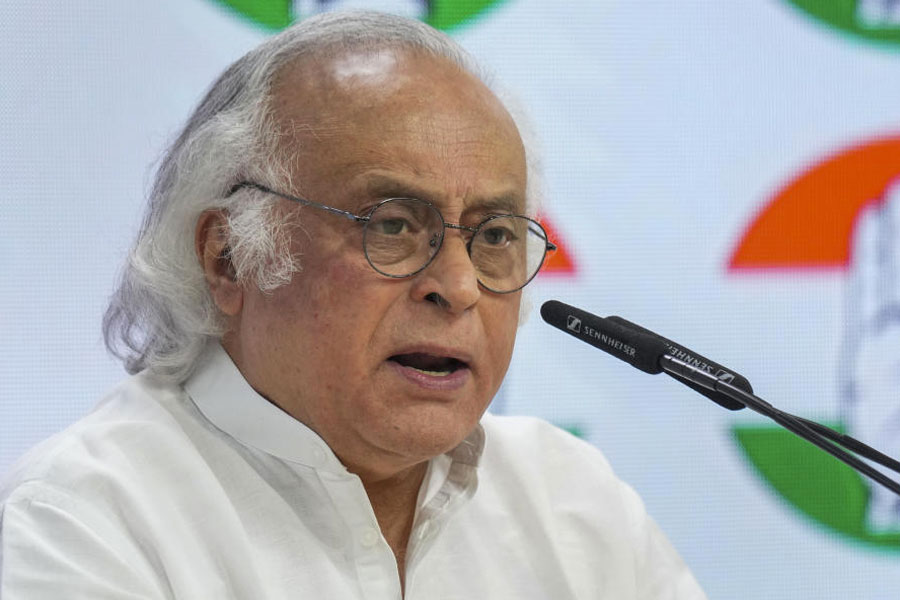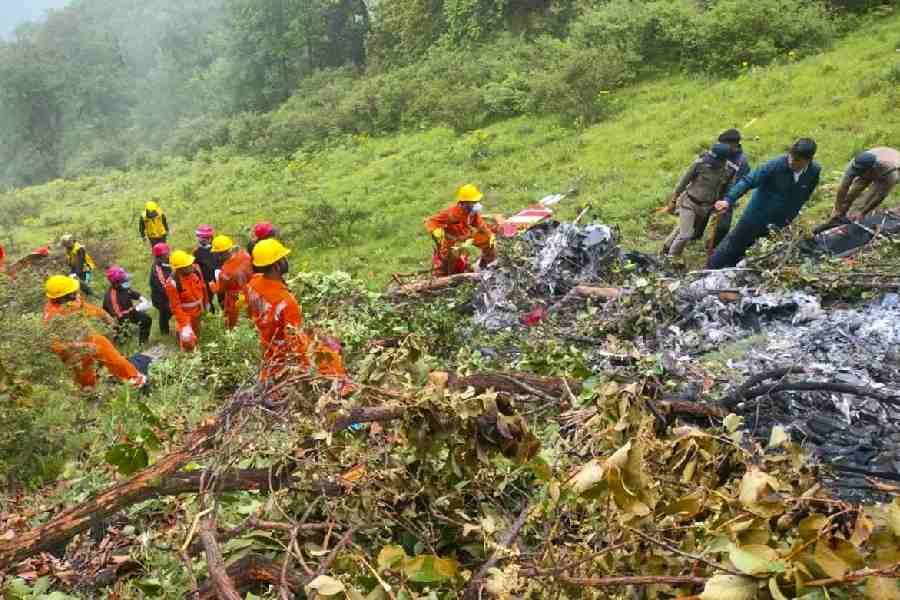Agartala, Aug. 17: Bamboo flowering, which leads to famine (mautam), has been slowly but steadily altering the socio-economic profile of Tripura’s hill areas.
“This flowering, which is a natural process and occurs at least once in five decades, has caused a lot of damage this time, specially destroying the muli species of bamboo which is also exported to Panchgram paper mill at Badarpur in Assam’s Barak Valley. But we have recovered considerably by protecting other species like barak, sheel, bari and kanakaich but it will take time to fully restore normality,” said P.K. Guha, executive director of the Tripura Bamboo Mission.
Guha said since the launching of the mission in 2007, the mission had brought more than 300 hectares of forestland under the new bamboo cultivation. However, the destruction of muli variety of bamboo has dealt a heavy blow to the indigenous people.
“The indigenous people consume shoots of this variety of bamboo as staple and the variety is a must for decorations and rituals in all their socio-religious festivals. Naturally, the destruction of muli variety of bamboo has created a crisis,” he said.
According to the forest census of 1993, a total of 1,203 square km (19.11 per cent) of the state’s 6,294 square km of forest had been under bamboo cultivation but there has been a precipitous fall in the bamboo-covered area.
“Our problem stems from the low availability and high prices of bamboo and canes for manufacturing handicrafts and this is reflected in the annual sale figure. In2008-2009, the net earnings from the sale of handicrafts was Rs 29 crore but in 2009-2010, this came down to Rs 27.8 crore,” said Bikash Bhadra, managing director of Tripura Handloom and Handicraft Corporation.
Apart from this, the number of trucks carrying incense sticks meant for export to other states have also declined over the past several years. An official of the Tripura Smallscale Industries Corporation, Kamal Mitra, attributed the crisis to the decline in availability of bamboo and high prices because of the flowering.
However, Guha said, “Our target is to raise monetary value of output from bamboo to Rs 78 crore from the current Rs 27 crore by 2017.”











